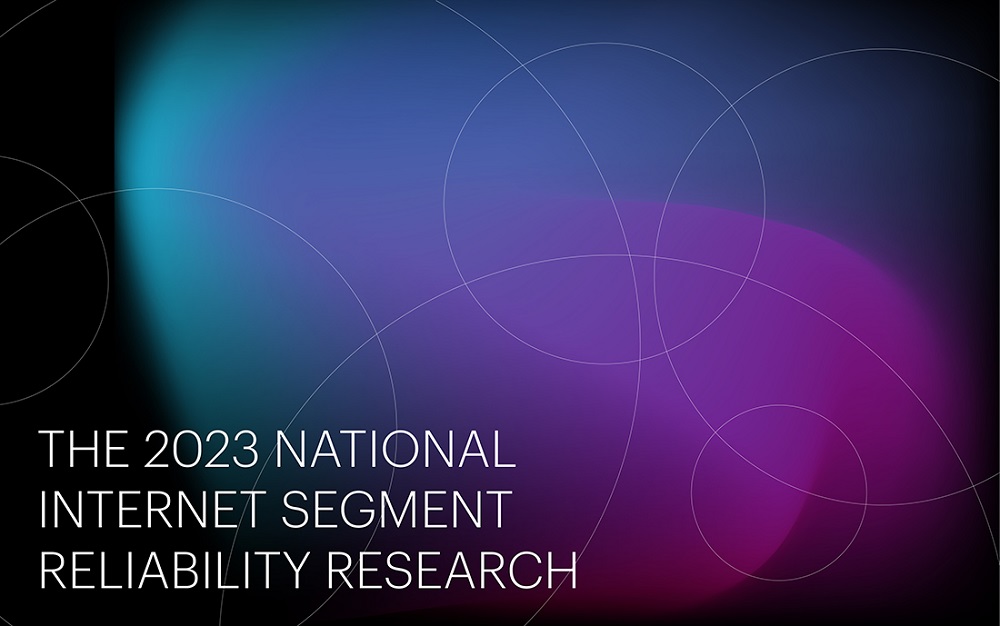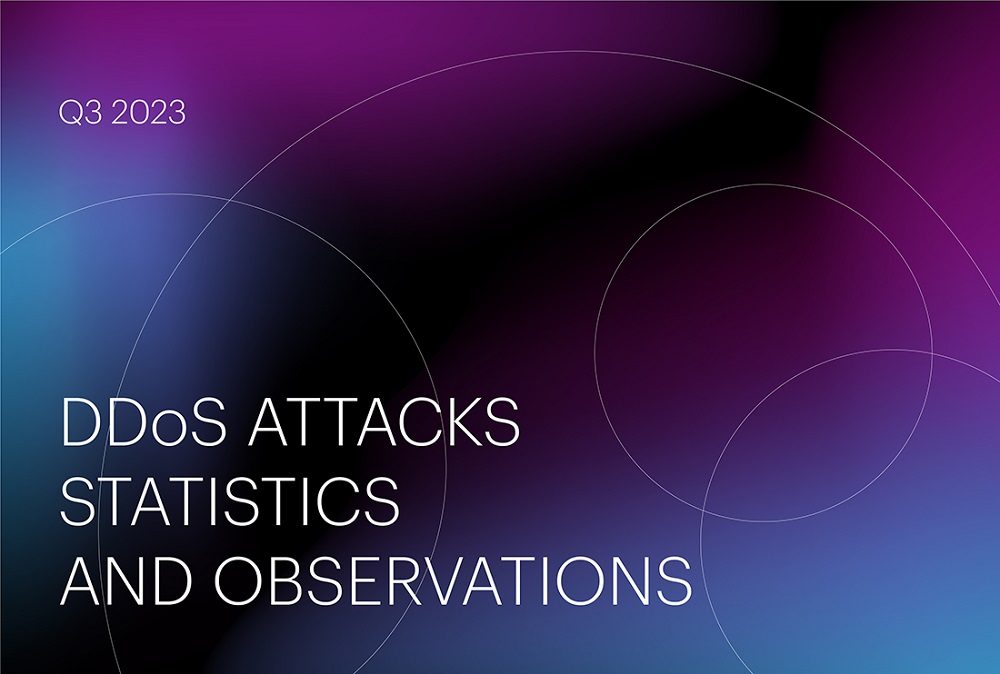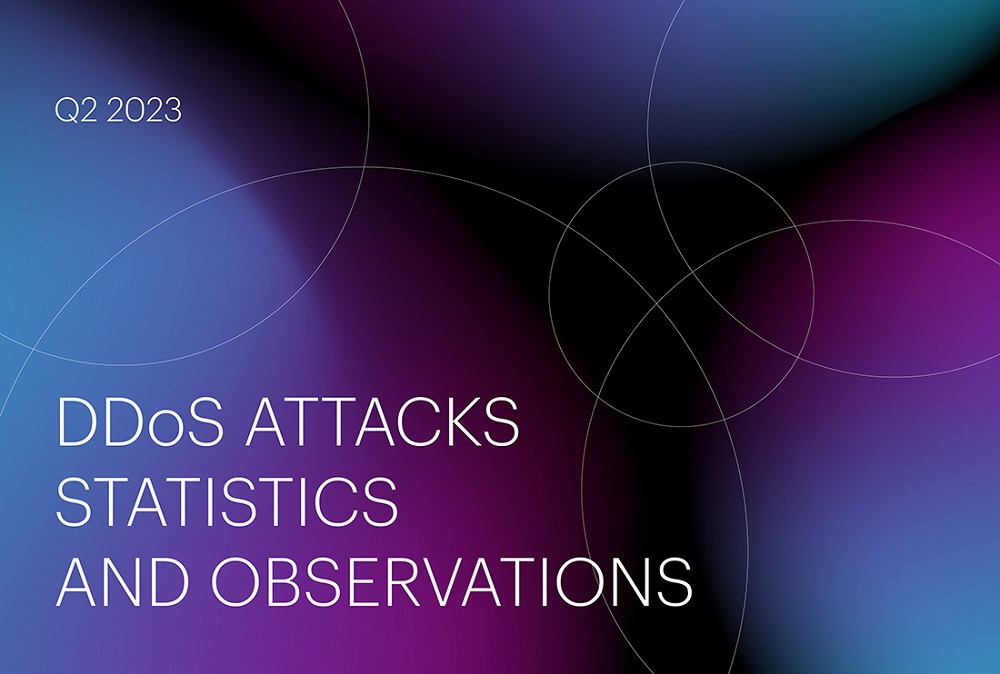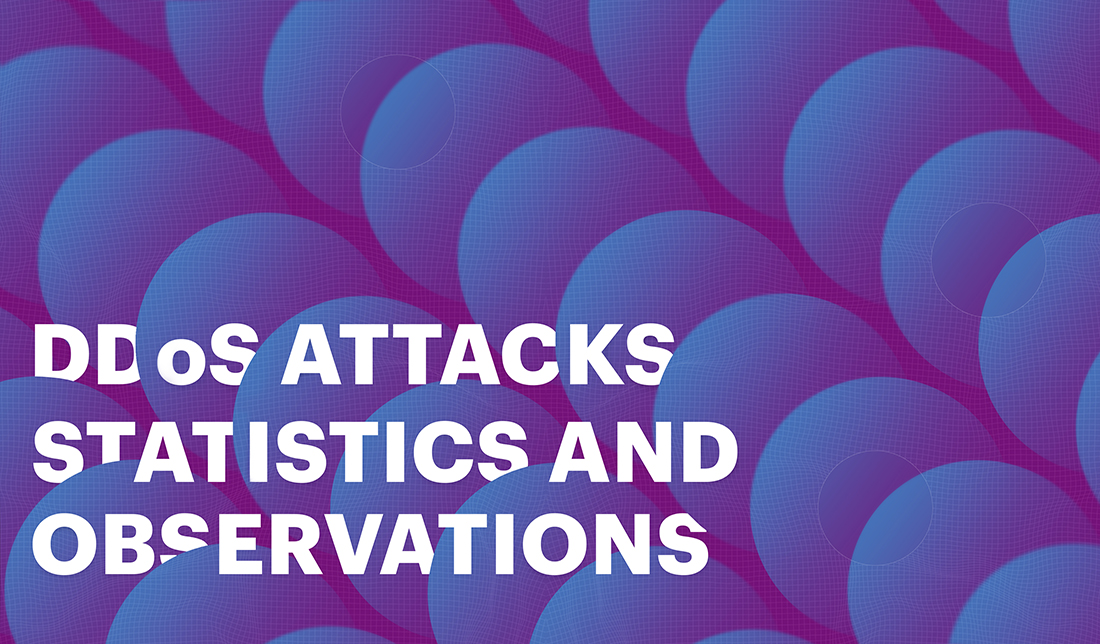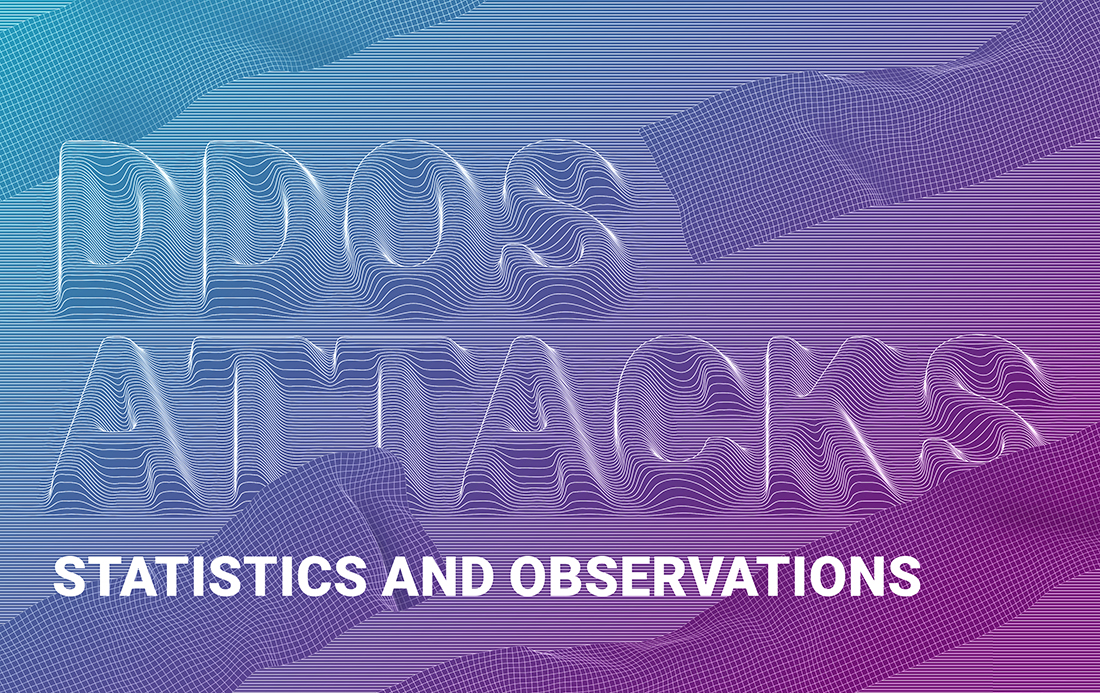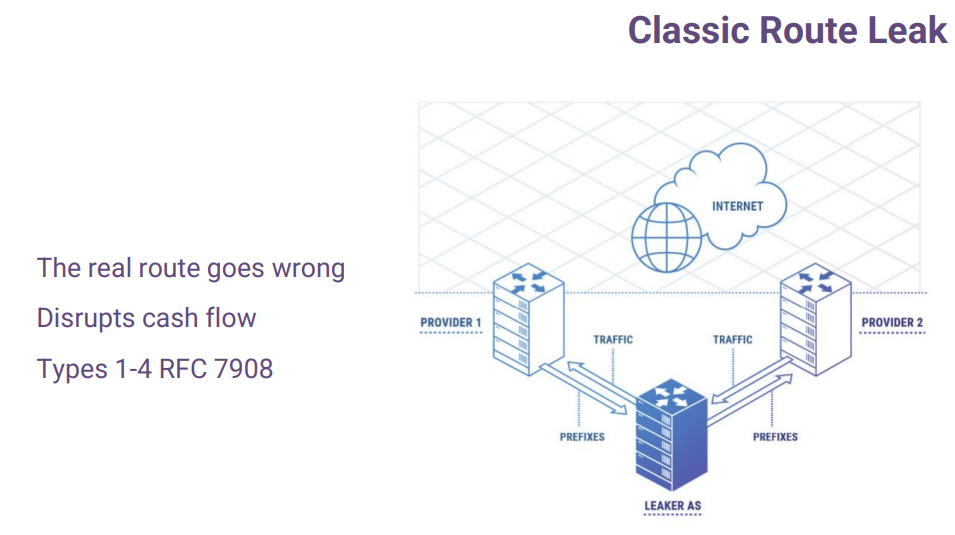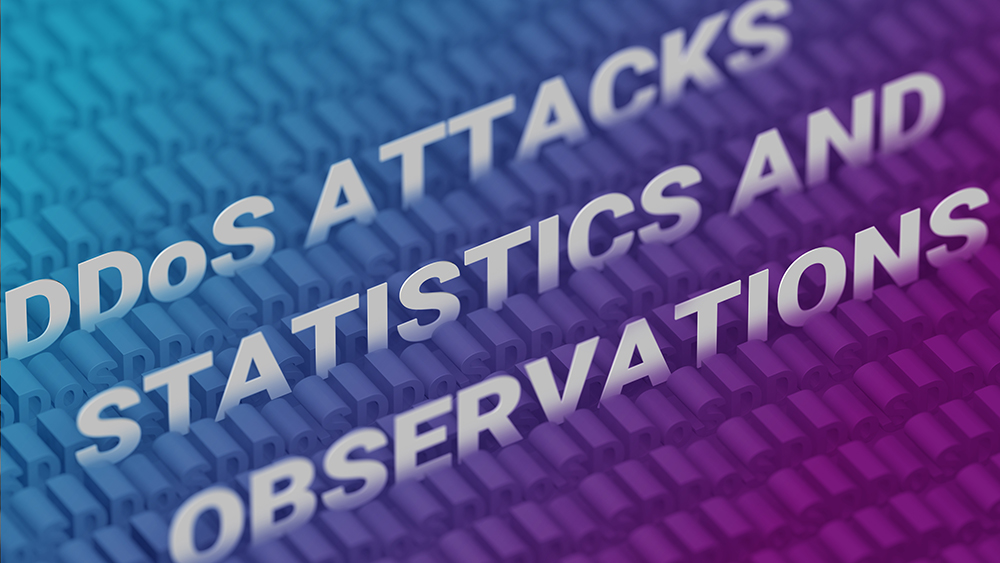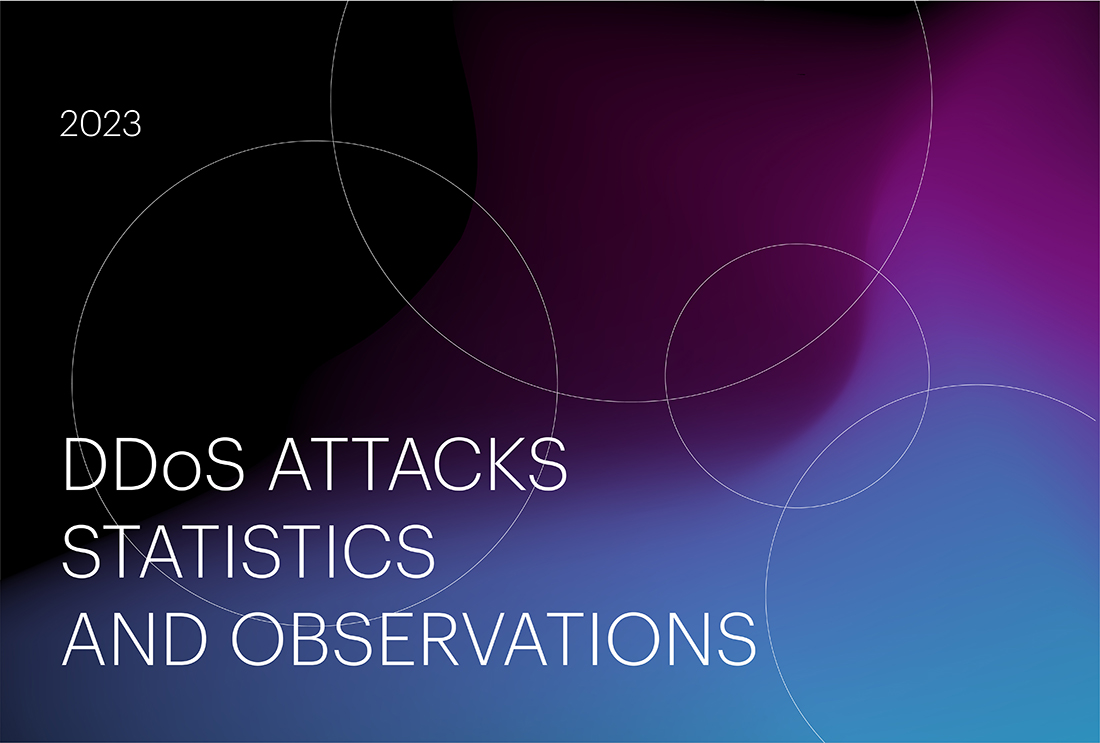
The year 2023 turned out to be quite rich in events and trends in the field of cybersecurity. We witnessed a new term "white noise", the development of artificial intelligence led to increased bot activity, which significantly affected commercial companies. We detected signs of a resurgence in popularity of commercial DDoS attacks. The implementation of "remote office" technologies led to the expansion of communication channels and, as a result, increased intensity of attacks. But first things first.

